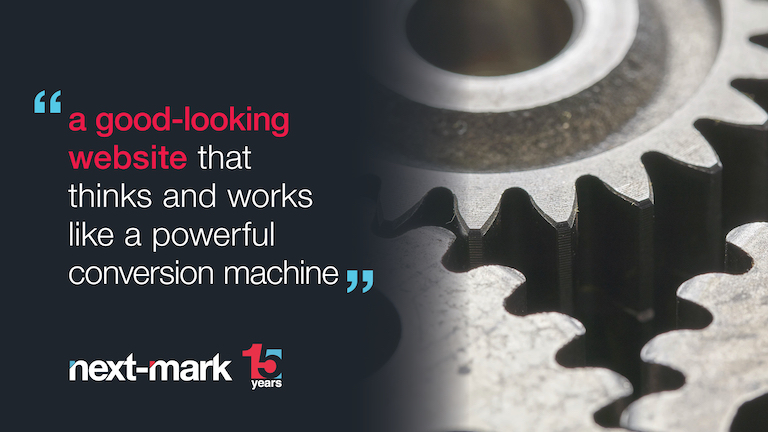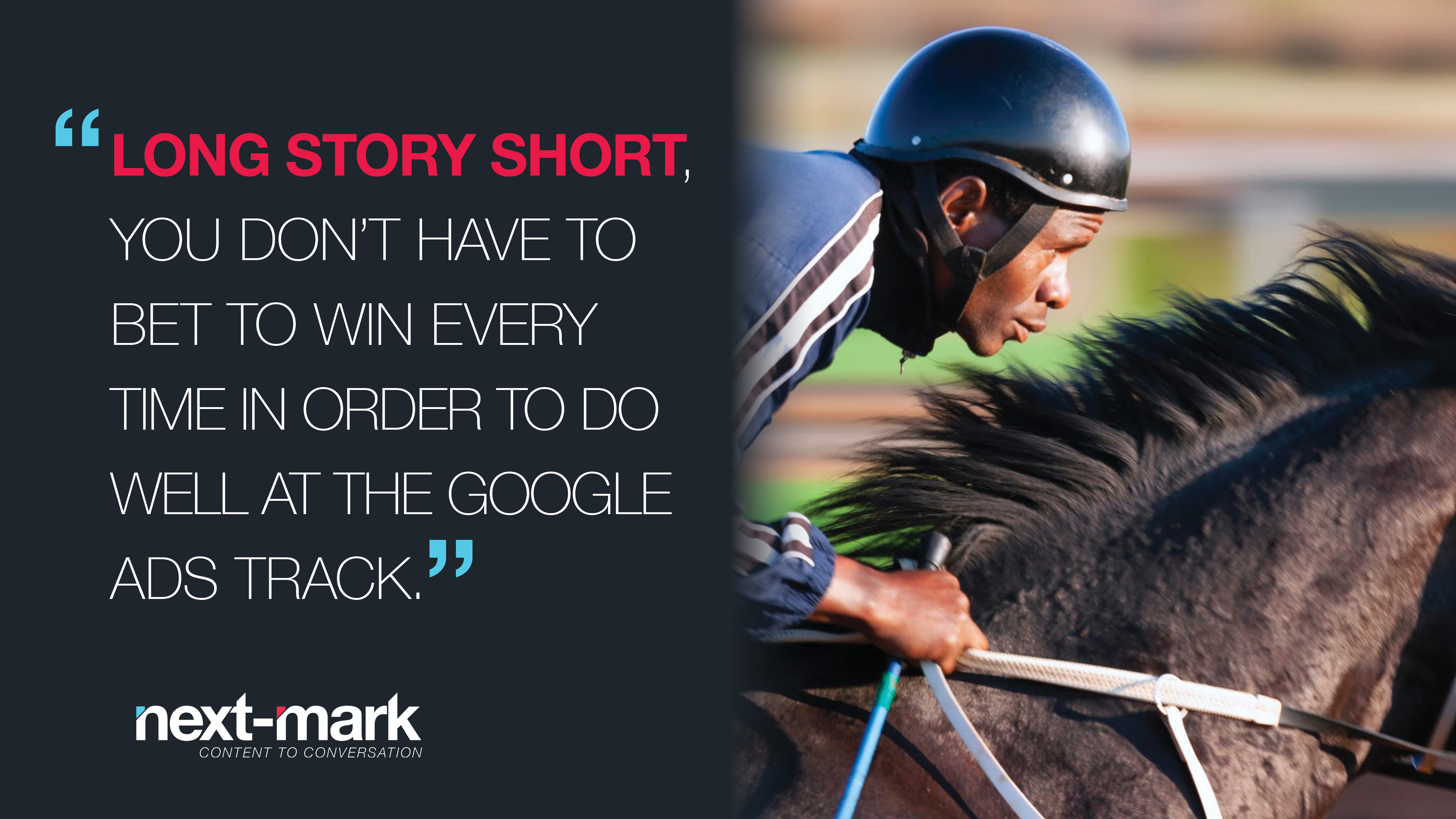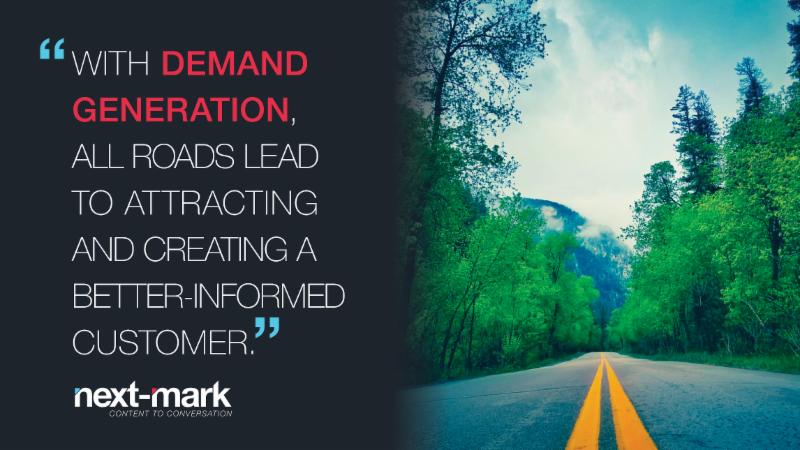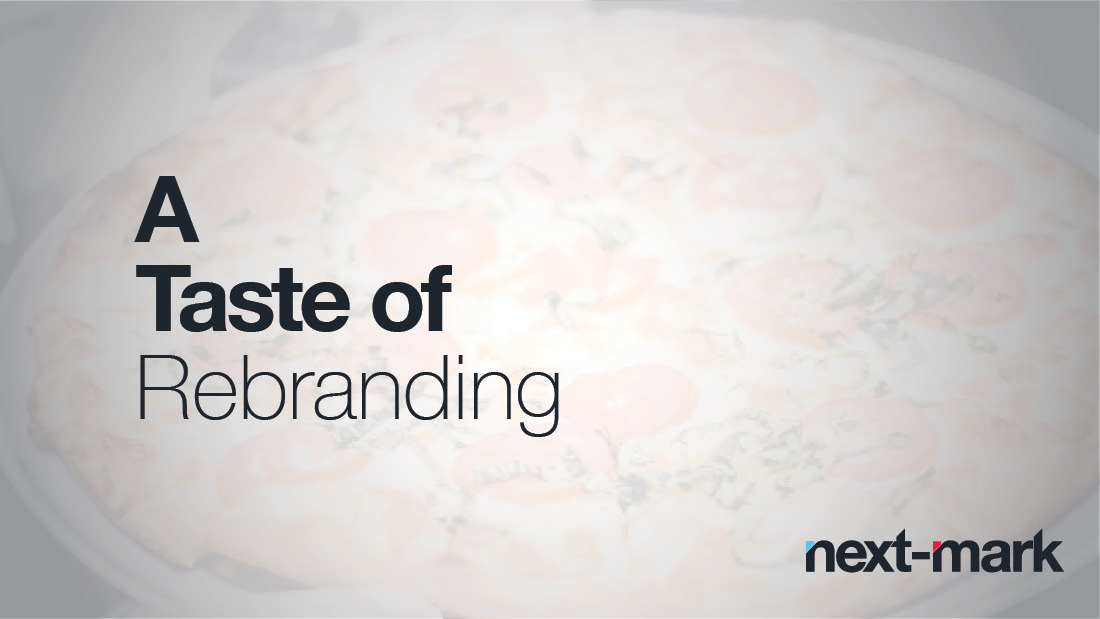
Looks aren’t everything: Why your website must look great AND be a conversion machine
You can drive thousands, even millions, of visitors to your site. And their jaws can drop in awe at how your homepage has filled their screen with beauty. But if only a tiny percentage of them end up becoming customers, or fans, or at least doing what you’d like them to do before going elsewhere, your site is pretty much a complete failure.
To be clear, there is nothing wrong with designing a site that looks great. It is an art and a science. And it’s far from easy. That’s because there are three essential elements to the look and feel of any good website today: branding, responsive design, and user experience. We’ll touch on each of these in detail later, and good design will certainly help the cause, but first we should talk about the ultimate goal here: conversion.
Conversion: The Website Building Analogy
When thinking about conversion, it might help to think of your website as a small business in a free-standing building with several doors. The front door is your home page. Visitors discover that your business exists, think they might have a need, and enter there. They experience your brand, interact with your receptionist, and are connected with someone who can inform them about all the different lines of business that might serve their needs. They are walking toward conversion, with your help.
The side doors, on the other hand, are your website’s landing pages. Visitors have already learned about one particular line of business and may have a shortlist of questions in hand. When they walk in this side door, they also experience your brand. But they’re not welcomed by a receptionist, they’re met by a specialist who can engage in compelling conversation immediately. In other words, there’s no sense sending them back several steps so they can enter through the front door; they’re already several steps closer toward conversion where they are.
The other side doors lead to more lines of business, just like your various landing pages should do. Visitors who arrive at one of the side doors probably don’t want the grand tour of all your business lines, at least not on their first visit. But you can certainly deepen your engagement with them after they’ve been converted to customers. This, by the way, also has to do with demand generation, which we covered in another blog entitled Demand Generation: Building Better—and more—Customers.
Okay, it’s time to return to the beauty pageant part of web design: making it look its best so that the conversion path can be as close to a red carpet experience as possible. Let’s look in a bit more detail at responsive design, branding, and user experience.
Responsive Design
The variety of screens in use today dictates the absolute necessity of using responsive design. Otherwise, the site that looks amazing on your developer’s big screen will look like a Frankensite on a smartphone—and will likely be next to impossible to navigate as well. You get responsive design by hiring developers or agency resources who would be embarrassed to build any other kind of site. Period.
Branding
All the work and thinking that has already gone into your messaging, style guidelines, logo, and other important aspects of branding need to flow naturally throughout your website, too. If you haven’t already done this “work and thinking” mentioned above, please do so now! Without it, your website is destined for mediocrity. Not a good look.
User Experience (UX)
While including solid responsive design and excellent brand thinking as you move forward, your site development or refresh project also deserves a deep look at user experience, a.k.a. UX. Thinking back to the business building analogy, this is where you stage-manage what you hope your site visitors will experience as they interact with the text, images, menus, buttons, and other elements they see—depending on which page they use to first enter your site. Whatever door they arrived at, the UX should help them find their way to where you’d like them to go. Coincidently, the way they find should lead them to, you guessed it, conversion.
Building Your Conversion Machine
Your mission is to convert visitors to paying customers, blog followers, email subscribers, first-time callers, etc. In other words, you need to compel visitors to do what you want them to do, even if that means leaving your site and never coming back. That’s just called “qualifying leads.” That’s right. In addition to being a conversion machine, your site should also work as a qualifying engine. Instead of wasting your staff’s time, along with that of your site visitors, it’s best to get your messaging and user experience so right that some visitors realize they just don’t belong there.
For those visitors you want to stay, sometimes conversions can be handled on the site itself: software trials or downloads, subscriptions, and online sales, for instance. For other types of conversions, your website simply passes visitors to your real world of sales. And, unfortunately, this can be a real black hole.
For conversions that require visitors to either fill out a contact form or call a number, you should ideally have a customer relationship management (CRM) system in place. And remember, any CRM system is only as good as the business process set up to include it in the sales or conversion workflow. Do this correctly, though, and it will work wonders for business.
Long story short, your website should be designed so that visitors can basically sell themselves on doing business with you. The progress from navigating to the point of conversion must be carefully thought out. And if the conversion includes talking with someone at your organization, make sure that the process flows naturally into the “real world” outside of the site, and that your CRM ensures that nobody falls through the cracks.
Are you ready to build or tweak that site so that it hums with new business? Now you know the essential elements for a good-looking website that thinks and works like a powerful conversion machine.









